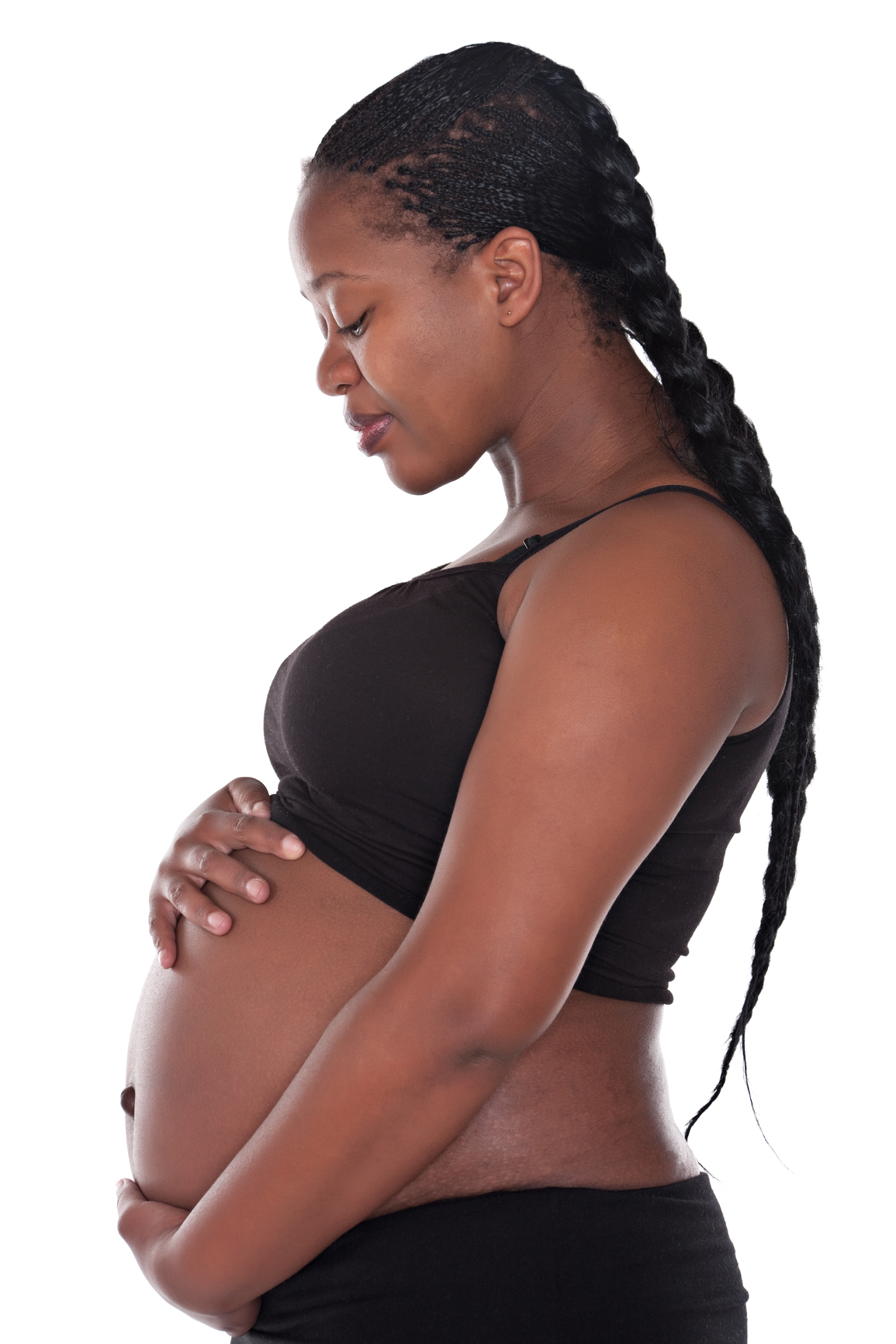
NIPT
The test is suitable from 10 weeks of pregnancy for all single and identical twin pregnancies, including IVF, egg donor or surrogate pregnancies. For non-identical and vanishing twin, the test sensitivity is reduced.
The test is not suitable for multiple pregnancies (greater than twins), if the mother has cancer, a chromosomal or genetic condition (including Down’s syndrome). It is also unsuitable for mothers who have undergone a blood transfusion in the last 3 months, had transplant surgery, immunotherapy or stem cell therapy.
You may choose to have this test if you have a higher risk of having a baby with a chromosomal abnormality. This may be due to your age, child with previous chromosomal abnormality or because an earlier scan/test has shown a problem. One of the main advantages of the test is that it gives you more information about you baby without increasing the risk of miscarriage.
The test is reported as low chance, high chance or no call result.
Low chance means that it is very unlikely that your pregnancy is affected by a chromosomal abnormality and therefore unlikely that you baby has Down’s, Edwards’, Patau’s syndrome or sex chromosome abnormality.
High chance means that there is an increased chance that you baby will have a chromosomal abnormality, like Down’s, Edwards’, Patau’s syndrome or sex chromosome abnormality. This is not confirmed for sure unless you have a diagnostic test, such as chorionic villus sampling (CVS) or amniocentesis. Both procedures involve using a fine needle to collect either a small sample of the amniotic fluid that surrounds baby (amniocentesis) or a small sample of cells from the placenta (CVS). Although these give a definite diagnosis, they carry a small risk of miscarriage. Your consultant will talk through your options with you if the result comes back as high chance at the next available opportunity.
No result call happens in a very small number of cases (1 in 200) tests may not yield a result for a variety of reasons. In this instance your consultant will discuss your available options including repeating the test.
Down’s syndrome is caused by an extra copy of chromosome 21. Around 1 in every 1000 babies in the UK will have Down’s syndrome and there are over 40,000 people in the UK with the condition. The chance of Down syndrome increased for older mothers. It is a lifelong condition associated with varying degrees of learning difficulties, usually mild to moderate, and have physical differences like heart defects, hearing problems, thyroid problems and an upward slant to the eyes. Most of these conditions are treatable. Down’s syndrome is variable some children and adults need long term support, however many can hold jobs, live independently with support and have a good quality of life.
Edwards’ syndrome is caused by an extra copy of chromosome 18. People with Edwards syndrome have severe learning difficulties and multiple physical differences like heart defects, brain abnormalities, cleft lip and palate, and low birth weight. Edwards syndrome can be life-threatening, but some people can live for years or even decades.
Patau’s syndrome is caused by an extra copy of chromosome 13. People with Patau syndrome have severe learning difficulties and multiple physical differences like heart defects, abdominal defects, brain abnormalities, cleft lip and palate, and other features. Patau syndrome can be life-threatening, but some people can live for years or even decades.
Around 70% of pregnancies affected by Edwards’ and Patau’s syndrome will end in miscarriage of stillbirth. Partial forms of Edwards’ and Patau’s Syndrome have a lesser impact upon the child.
Sex chromosome conditions are caused by an extra or a missing copy of a sex chromosome (X or Y). Females typically have two X chromosomes and males typically have one X and one Y chromosome. An extra or missing X or Y chromosome can cause a genetic condition. These conditions are usually not apparent at birth but may be associated with a higher chance for having difficulty in school, behavioural issues, or infertility.